India Blog 1: A visit to Ferozepur’s Saragarhi Memorial Gurdwara
Leave a Comment
Jay Singh-Sohal with Gurdwara’s head granthi (priest) Bhai Bilumber Singh “Dastgir”
We’re in India undertaking research and filming for our forthcoming “Saragarhi: The True Story” documentary.
On Monday, we visited Ferozepur to see the Saragarhi Memorial Gurdwara built there. The monument was funded and built through public subscription to the Pioneer newspaper, in the cantonment area that most of the 21 men that fought and died hailed from.
It was a wonderful trip, all the more so as aside from filming I also had an opportunity to spend some time and speak to the head granthi (priest) of the Gurdwara Bhai Bilumber Singh “Dastgir” (pictured). We discussed my research and I got to share with the person in charge of performing devotional duties at the Gurdwara my insights into the bravery and heroism of our martyrs and how they can inspire now and into the future to live up to the traditions of the Khalsa. It was a pleasure to present him with a copy of my book.
The Ferozepur Saragarhi Memorial Gurdwara is a special place, the building has protective status meaning it is maintained and within a beautiful green park which cannot be built upon; its a delight to walk around, to think and contemplate. The Gurdwara is well attended, being so close to the cantonment, and I got to see various Sikh and non-Sikh Indian officers and soldiers visit to pay their respects to the Sri Guru Granth Sahib ji (Sikh holy scripture). Langar (free kitchen) is also open to all. I took much time enjoying my settings!
On the building are positioned four tablets, one in each direction, which denote the bravery of the 21 Sikhs in English, Punjabi, Hindi and Urdu. They say: “This monument is erected to the memory of the men of the 36th regiment of the Punjab infantry who fell in the heroic defence of Fort Saragarhi on September 12 1897 and in the gallant sortie from Fort Gulistan on September 13 1897. A spontaneous testimony – the result of voluntary subscriptions collected through the Pioneer newspaper Allahabad – from the Anglo-Indian and Indian public to the undying glory which these ever memorable feats of arms brought to the soldiers of the Khalsa and the Army of the British Empire.”
Below the inscription are the names of the 21 Sikh soldiers alongside their regimental numbers, starting with Havildar Ishar Singh.
Some historical observations on this:
1 – the 36th is listed as of the Punjab infantry rather than the Bengal Army
2 – Saragarhi mentioned as a fort rather than a post
3 – It’s also fantastic to see special mention also made of the heroism displayed at Gulistan.

A memorial tablet containing sacred verses
Inside there are tablets, donated by the Raja of Faridkot H.H Balbir Singh Bahadur in honour of the men of his princely state who fought. They contain sacred verses from scripture that describe how a Sikh should behave in war, inspiring the warrior spirit in all those who read and draw strength from the Guru’s words.
One of my favourites, as shown, describes how the Khalsa (brotherhood of the pure, Sikhs who are initiated and abide by a code) should behave:
Khalsa is he who shuns back-biting
Khalsa is he who fights foremost
Khalsa is he who respects others’ rights
Khalsa is he who loves God
Khalsa is he who devotes himself to the Guru
Khalsa is he who confronts arms
Khalsa is he who helps the needy
Khalsa is he who wages war against evil
Khalsa is he who rides well
Khalsa is he who is first in war

Two Anglo-Sikh war era 9-pound canon stand guard outside the Gurdwara
This is a powerful statement which echoes the values of the British Army today: courage, discipline, respect for others, integrity, loyalty and selfless commitment.
Standing guard outside the memorial Gurdwara – are canon placed at each of the four entrances. On the pathway towards the Nishaan Sahib are two 9-pound wheeled carriage gun (pictured). It’s a rare sight as these were melted down for scrap metal and replaced by iron and steel artillery pieces from the 1860s. It’s an ironic twist that these guns, which saw service during the Anglo-Sikh wars are now guarding the sacred Scriptures inside.
I’ll hold back some insights for the forthcoming documentary, but I truly hope that you’ll read this and if you should ever find yourself in Ferozepur that you will take time out to see this Gurdwara, pay homage to our Sikh heroes who fought on the frontier and enjoy the pleasant surroundings of what is a wonderful piece of heritage being cherished and preserved by Indians who appreciate it’s full value.
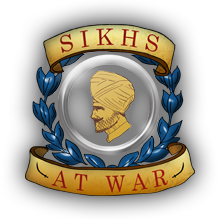


 It’s been on the agenda for some time, but a rare day off in town allowed for a visit to
It’s been on the agenda for some time, but a rare day off in town allowed for a visit to  bbottabad (curiously where bin Laden was found), Kohat and Mardan etc would fall into disuse.
bbottabad (curiously where bin Laden was found), Kohat and Mardan etc would fall into disuse.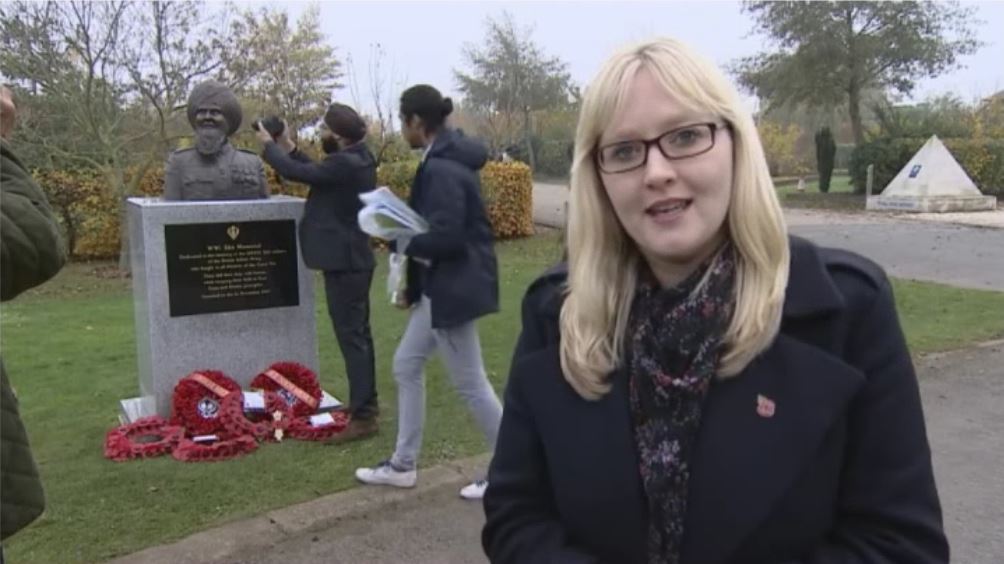
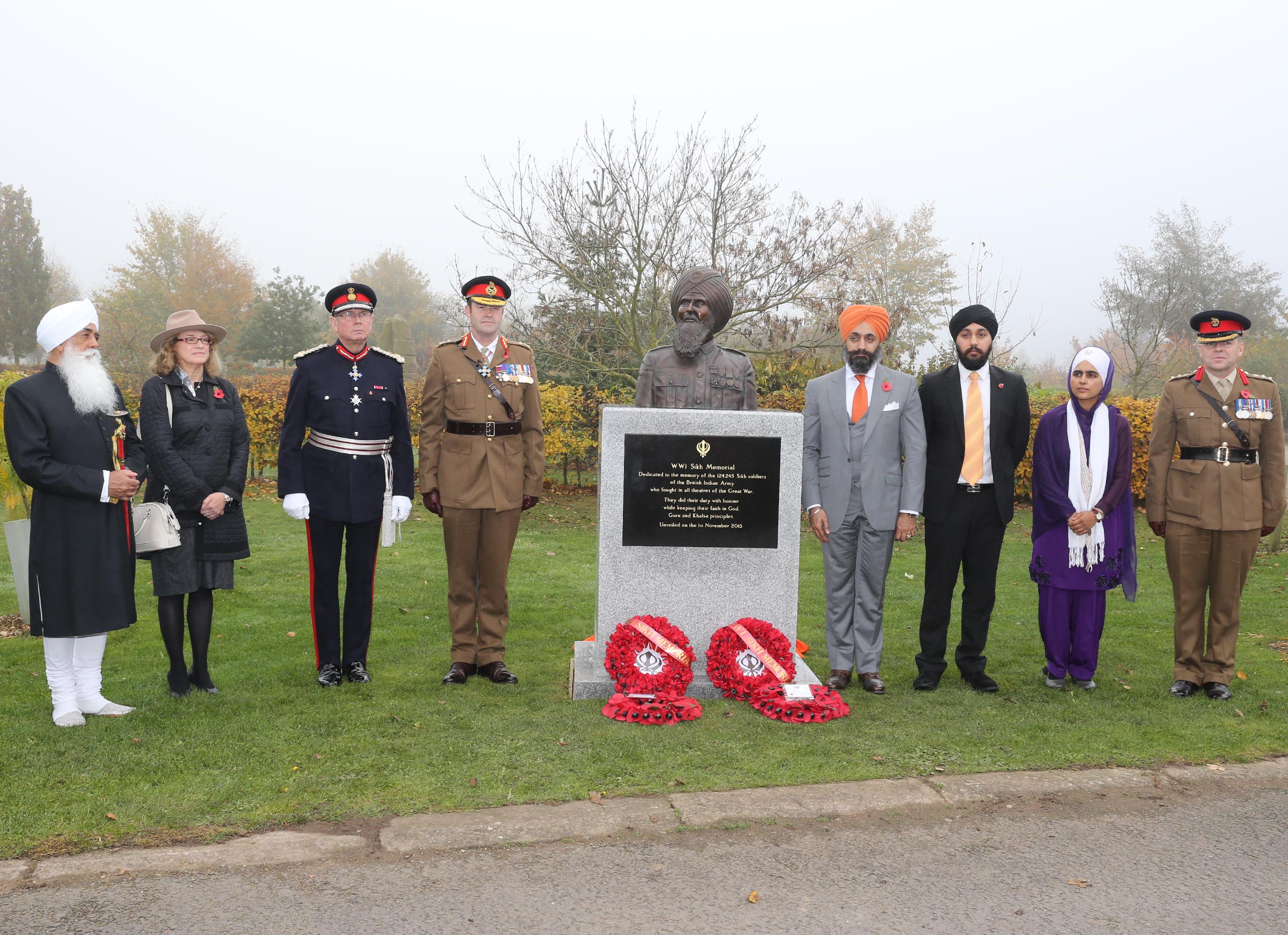
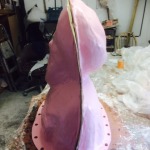
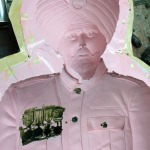
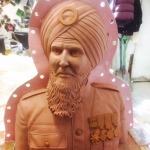
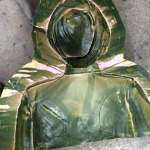
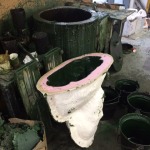
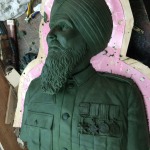
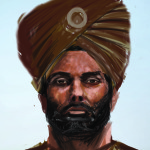
 of one who had survived the war with medals pinned on his chest – but with a hint of sorrow and reflection upon the human tragedy of conflict he had witnessed.
of one who had survived the war with medals pinned on his chest – but with a hint of sorrow and reflection upon the human tragedy of conflict he had witnessed.